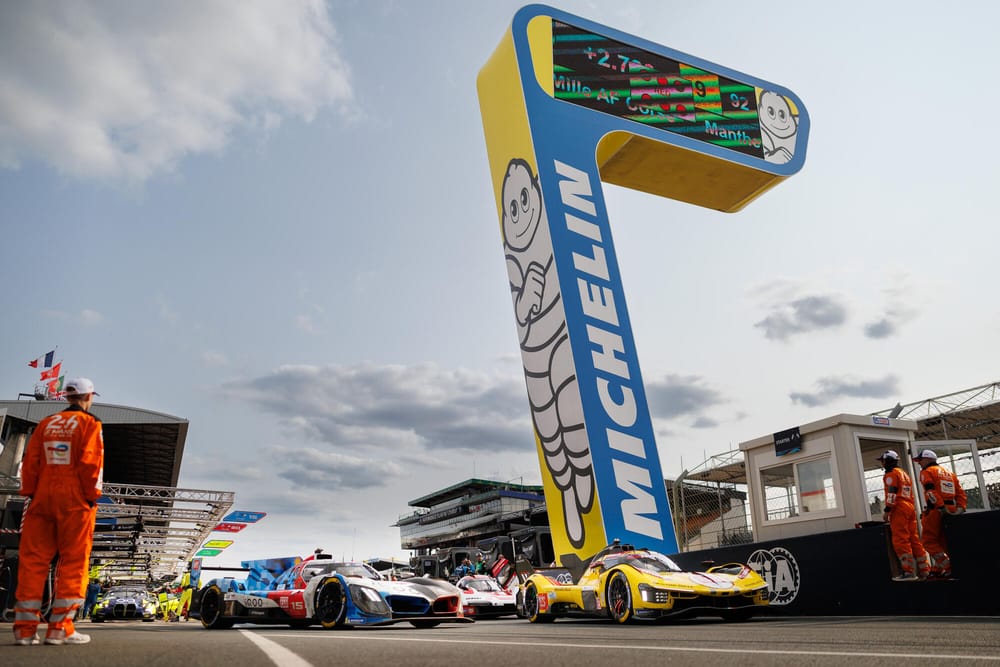Initially planned for 2025, the arrival of Michelin's new Hypercar/GTP tyre range was postponed for a year. It's a wise decision, made in full agreement with competitors and promoters.
"After discussions, we decided to delay its introduction to the following season," Michelin Motorsport director Matthieu Bonardel told us in July 2024. "We want to bring innovation, but without creating problems."
Since then, test sessions have multiplied, with the two most recent one held on May 14 at Paul Ricard and June 25 at Watkins Glen. But what exactly lies behind this new tyre range?
"It would be tempting to choose stability," explained Bonardel. "Since the arrival of Hypercar prototypes, the cars have gained a second per lap each year by optimising tyre use.
"So why develop a new generation of tyres? Because it is precisely when everything is working well that you must dare to go further! At Michelin, innovation is not a reaction to failure. Today more than ever, our capacity to innovate serves one imperative: sustainability."
All of this without compromising performance or longevity. It's also worth noting that the World Endurance Championship is about to become arguably the highest-profile place for Michelin to showcase its expertise on the track as it prepares to leave MotoGP at the end of 2026, though it has picked up World Superbikes.
Innovation through sustainability
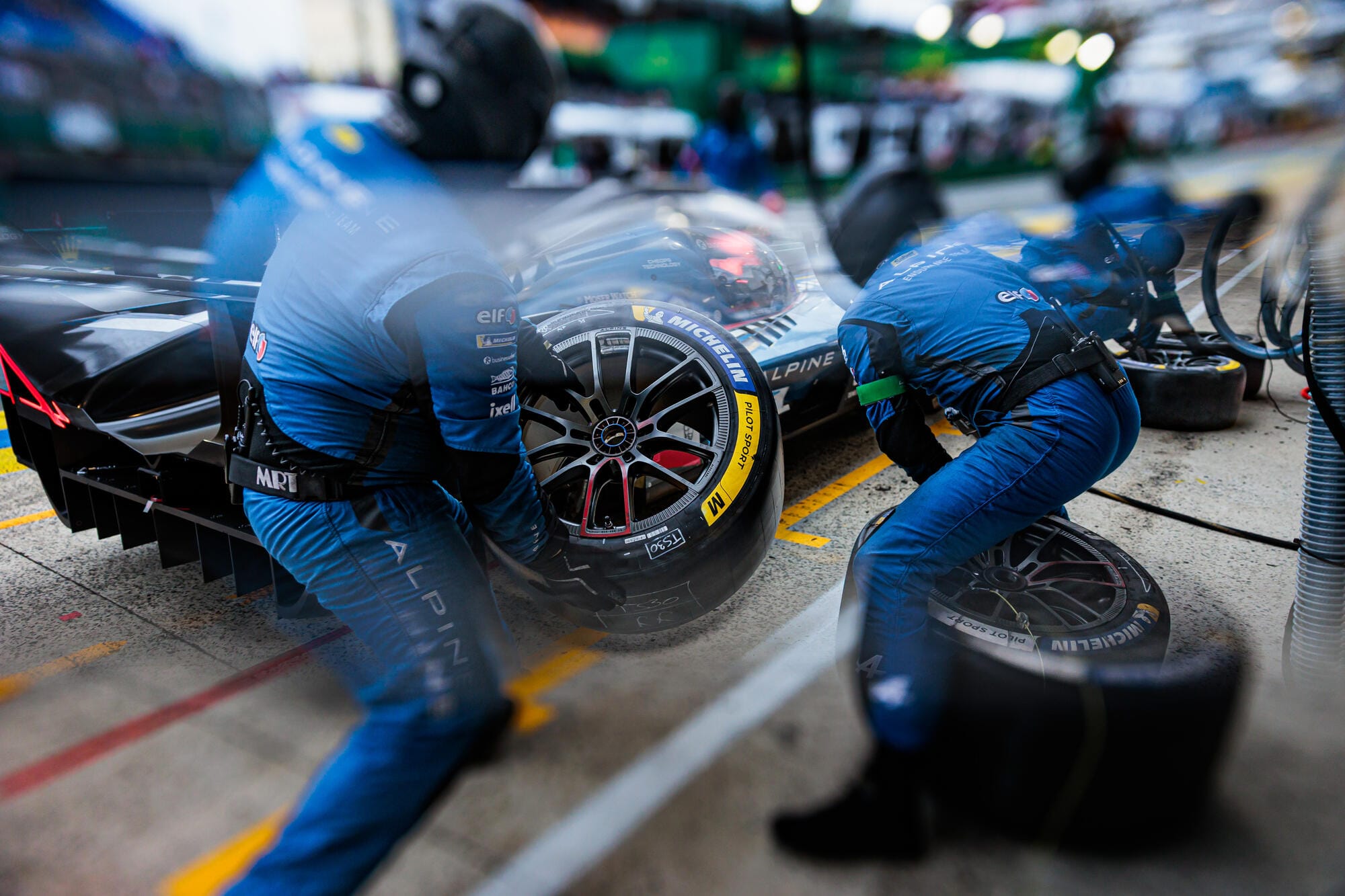
Michelin aims to integrate an average of 40% renewable and recycled materials across all its ranges by 2030 (compared to 31% at the end of 2024). This percentage reflects the share of renewable or recycled materials in the Group's total materials purchases.
The goal: reach 100% renewable and recycled materials by 2050. That translates to 200 million tyres at the group level. Michelin Motorsport is, of course, following this strategic direction, with the ambition of maintaining its role as a technological laboratory.
"We have launched a complete overhaul of our endurance range with a clear objective: to incorporate 50% renewable and recycled materials [compared to around 30% currently], while increasing overall performance," explained Bonardel. "Meeting this challenge required us to rethink our materials, processes, and design rules from the ground up."
Yes, Michelin has done even better with a demonstration tyre made of 70% sustainable materials, but only 100 of those were produced. Similarly, MotoE tyres (over 50% sustainable) are limited to an annual production of around 2000 units. Here, we're talking about 30,000 products per year from 2026-28.
"But sustainability doesn't stop at renewable and recycled materials," added Philippe Tramond, technical director of Michelin Motorsport. "It also concerns the entire lifecycle of the product."
It's also worth noting that since early 2025, Michelin has been working with the company Enviro - a Swedish start-up that has developed innovative pyrolysis technology to recycle end-of-life tyres - on an ambitious WEC tyre recycling programme.
What about development?
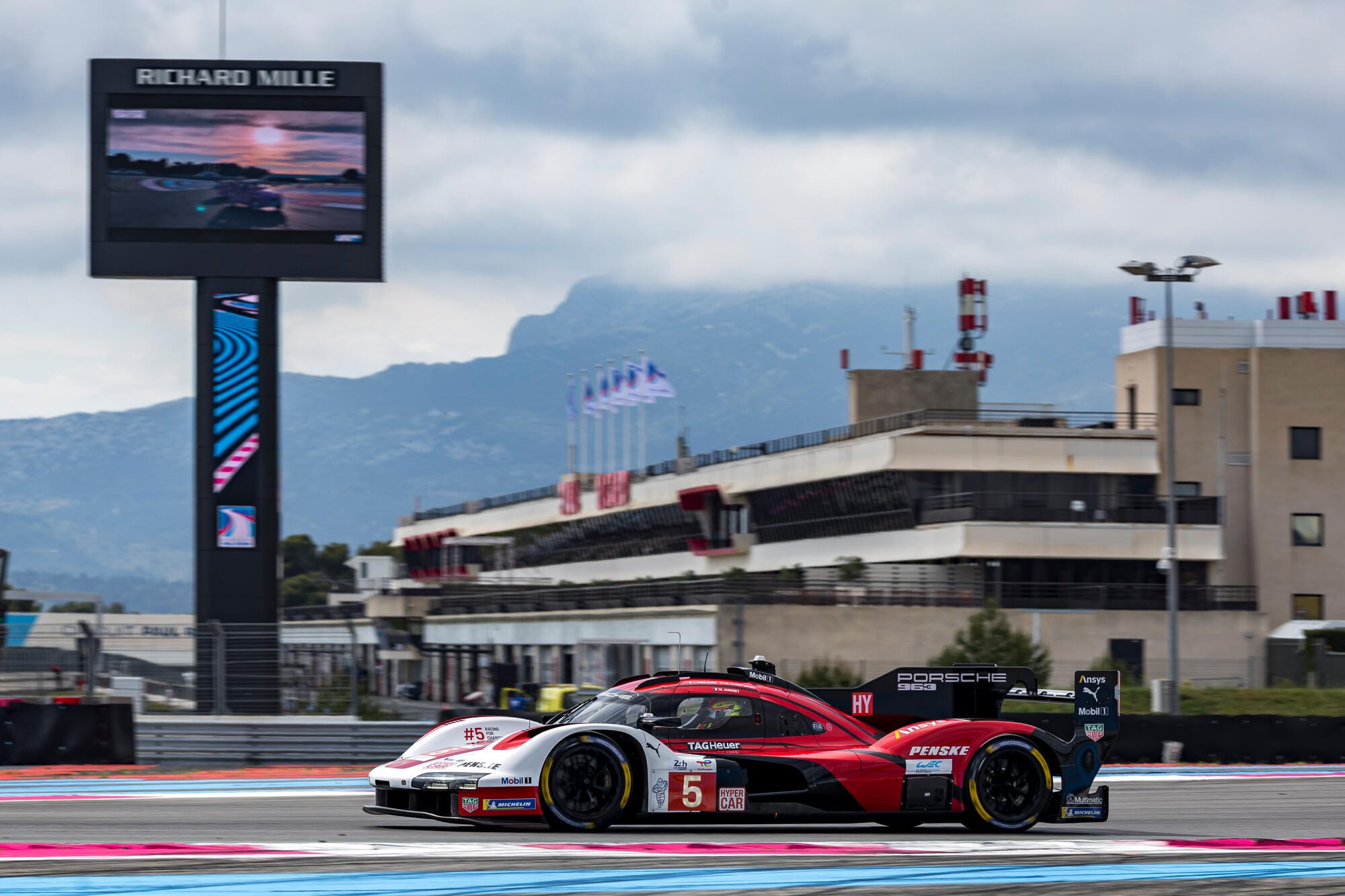
First of all, it's important to remember that the current endurance tyre range, developed entirely using simulation, was designed for a still-nascent Hypercar category, based on known components, with cars that had to adapt to tyres specifically created for them.
"If the ultimate goal is to at least match the performance of the current tyre range, to achieve it we must change everything inside the tyre," explained Tramond. "It's like preparing a dish, but with different ingredients from the usual ones. You need to find the right recipe to make them all work together."
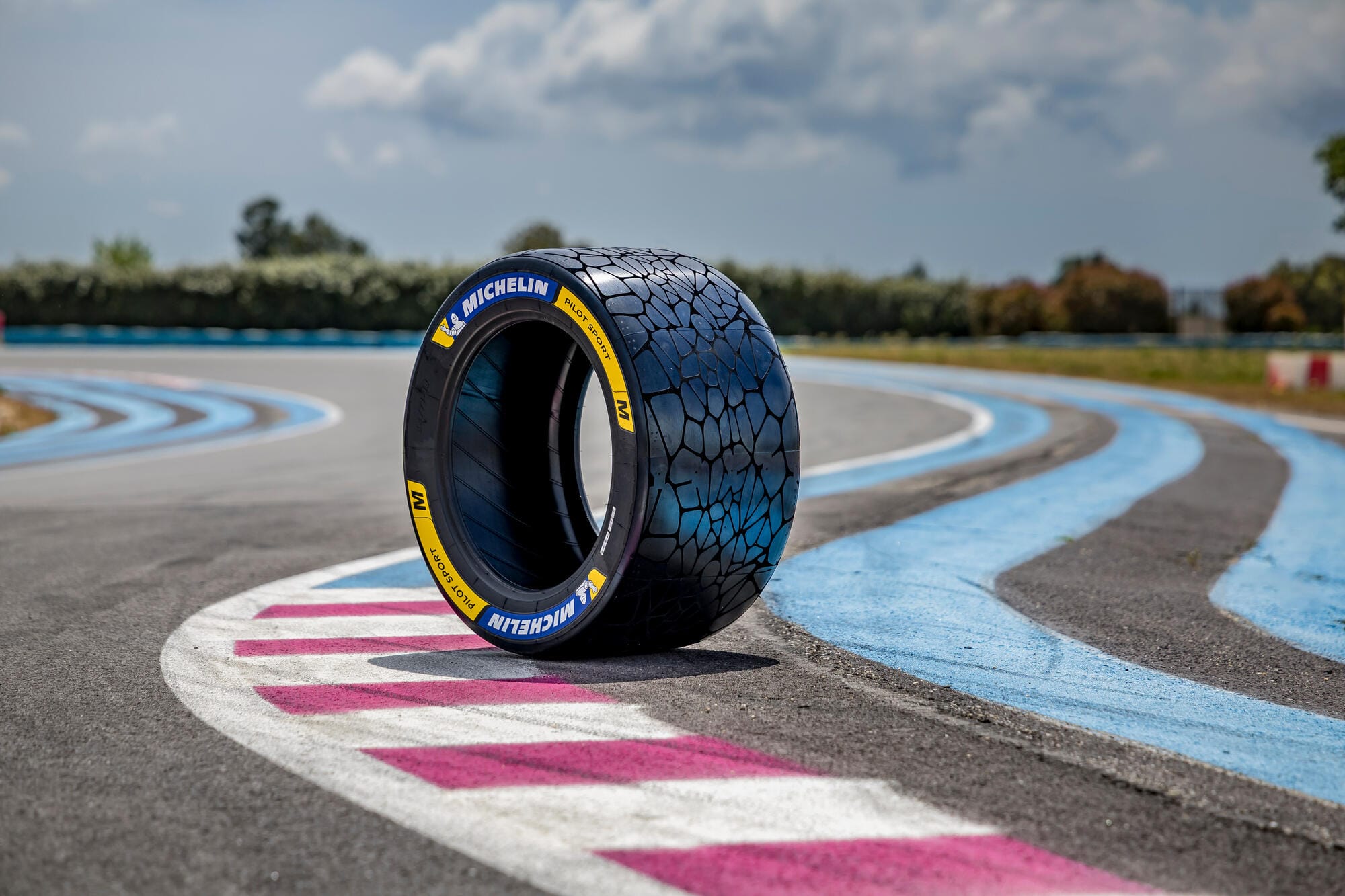
The 2026 range, development of which began in 2023, is not only new but also much more complex. This is largely due to a completely revised development approach, driven by the uncertainties linked to new components, some of which have never been used in racing rubber.
The process is broken down into three distinct phases. First comes simulation and virtual testing, leading to the construction of the first physical prototypes. Then, before hitting the track, they go through dynamic bench tests in Michelin's laboratories, an essential bridge between theory and reality, with the track remaining the ultimate judge.
What's Michelin aiming to achieve?
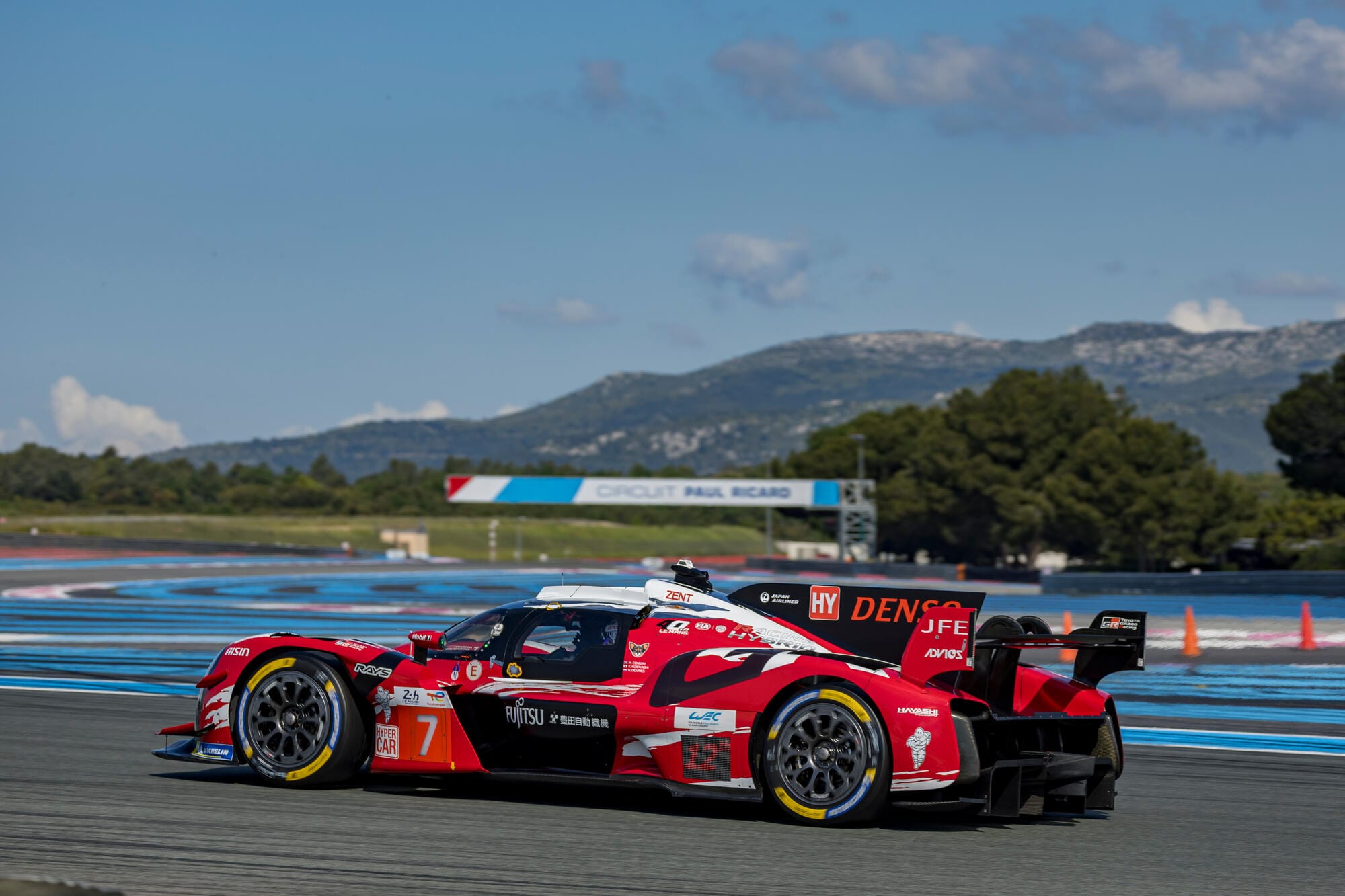
So in the end, what does Michelin want to improve compared to its current range (2022-25), which, let's not forget, was the first to eliminate tyre warmers for ecological reasons?
"We set objectives that worked for everyone," said Tramond. "We're talking about safety, performance, longevity, and warm-up times, with improvements of a few seconds on outlaps, nearly five seconds on a standard circuit. We also worked on durability, particularly with the medium compound, which was an area in need of improvement."
"The promoter, due to BoP [balance of performance] considerations, also asked for a smoother transition phase between different specifications," he continued. "This will allow different cars to run different specs while achieving equivalent performance."
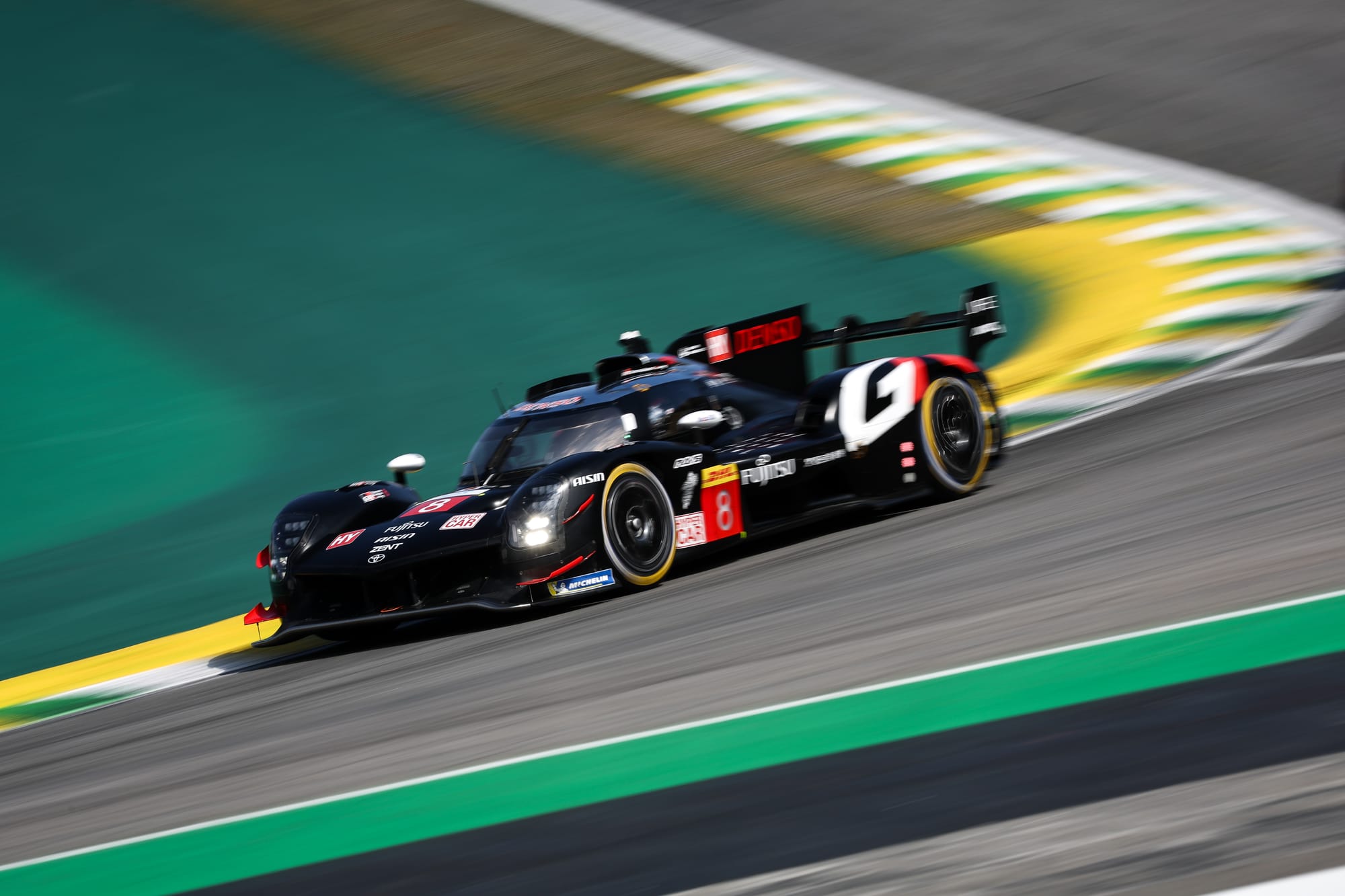
From now on, the overlap between tyre ranges must be wide enough to ensure that, at equal temperatures, a car not yet able to switch to medium tyres is not penalised by having to run on hards. The aim: to avoid the scenario seen at Interlagos in 2024, when Toyota was the only competitor able to complete the race with medium tyres, which gave it a clear advantage.
But what explains Toyota's deep understanding of the tyre products and its often more astute choices compared to the competition? According to its rivals, the answer is the date when the current range entered the market: in 2023. Even if this range was developed based solely on simulations, it's likely that Michelin had to rely on data gathered from the only Hypercar then competing: Toyota's GR010 Hybrid.
Toyota also owes this advantage to its uninterrupted presence in the championship since 2012. Interestingly, that advantage is naturally diminishing over time, as we saw in mid-July at Interlagos.
"The first area we targeted is warm-up, which is the current range's weak point," added Pierre Alvès, Michelin Motorsport's endurance programme manager.
"But that inevitably affects tyre wear, whose main enemy is heat. If the tyre wears faster, it loses consistency. So we had to find a compromise to speed up warm-up while reducing wear and maintaining consistent performance."
Remember, in 2023, for environmental reasons, the ACO and FIA decided to ban tyre warmers, and several teams were caught out on their outlaps when the tyres were still cold. This was notably the case for Ferrari's Antonio Fuoco at the Spa 6 Hours, just as he was on course for a top-three finish.
"When you leave the pits you are on ice and just surviving," Toyota's Mike Conway said at the time. Several competitors, including Ferrari, voiced their frustration loudly enough that the governing bodies allowed tyre warmers for the Le Mans 24 Hours. But that race proved to be an exception. And it seems that the 2026 tyres reach operating temperature much more quickly.
What about performance?
"Our goal is not to go faster," Alvès told The Race. "That doesn't make sense in a BoP-governed category. What we're aiming for is fairness, tyres that work well on all cars and all circuits."
In 2026, the tyre allocation is not expected to decrease, but it could be the case in 2027, again with the aim of further reducing the environmental footprint.
What's next?
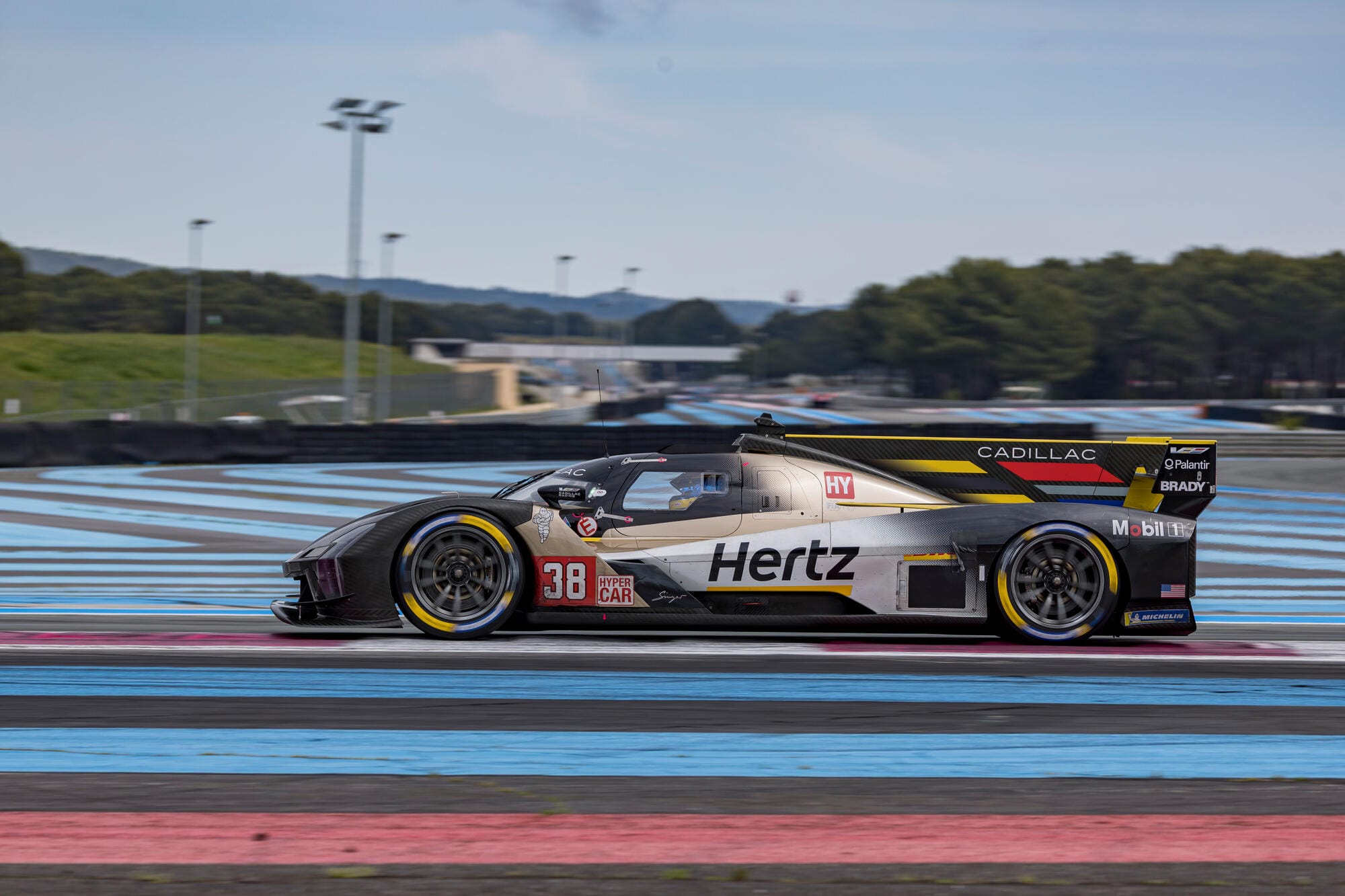
The casing, the structural part of the tyre, is already finalised. What's still being adjusted is the compound. After test sessions in 2024 at Portimão, Austin, and Bahrain, then in 2025 at Qatar, Sebring, and Paul Ricard, Michelin held a final test at Watkins Glen on June 25.
Final decisions were made last month. Once approved, a one-month industrialisation phase at the factory will be required. Production will begin in September, with the first public appearance at the IMSA-sanctioned test in Daytona at the end of November. As for WEC competitors, they'll have access to the tyres by mid-November for private testing.
Just to clarify, this only concerns the slick tyre range. While work on the future wet tyre has already begun, its introduction is not scheduled for 2026.
A new design
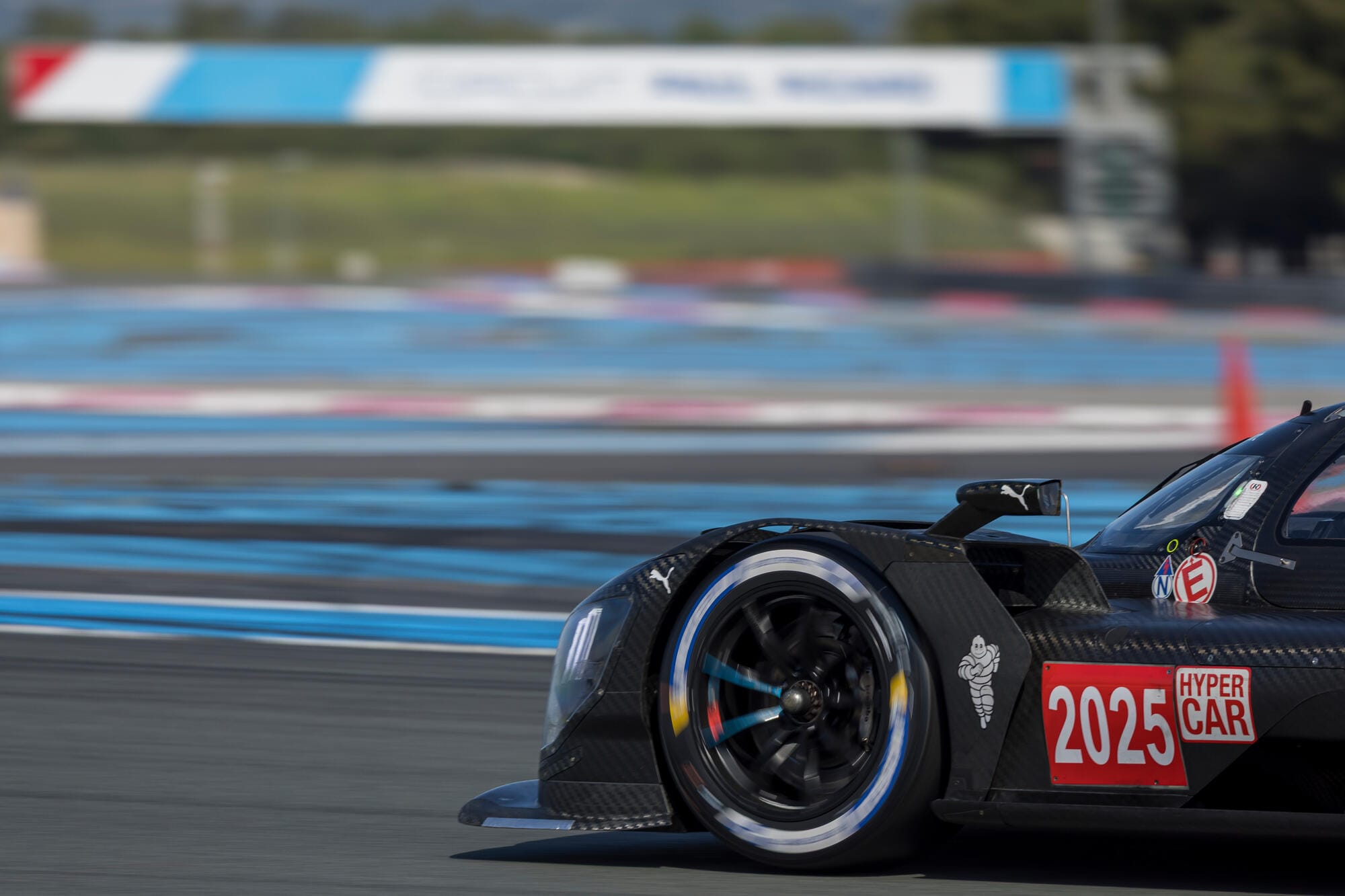
These slick tyres, which will be used from the start of the 2026 season through the end of 2029, feature a unique design. Just like in MotoE, Michelin has adorned their surface with a temporary velvet livery. This extra layer, which serves no technical purpose, disappears after a few metres.
"We asked ourselves how we could show that innovation was happening," Alvès told us.
This design, called 'Race to Vision', echoes the 2017 Vision concept, which embodies Michelin's sustainable development model for tyres looking toward 2050.
This concept draws inspiration from biomimicry, an approach dating back to Leonardo da Vinci, who over 500 years ago already advised observing nature to fuel innovation. For the Vision concept, this is especially represented by an alveolar structure, similar to coral, that is both flexible and rigid.


